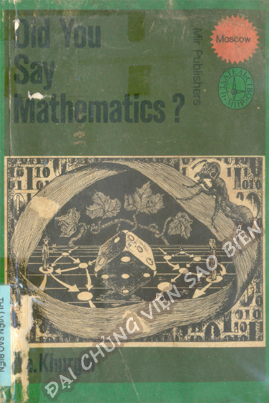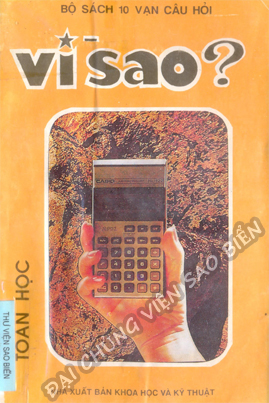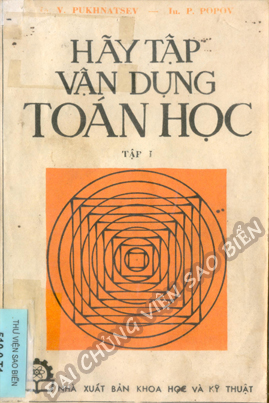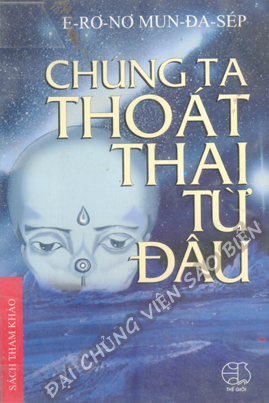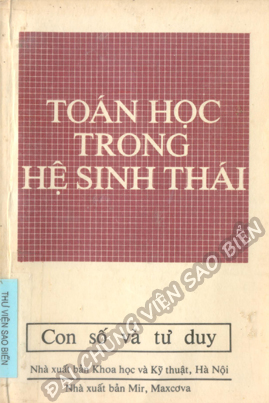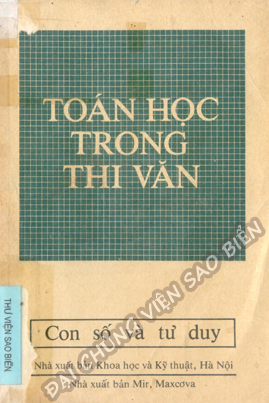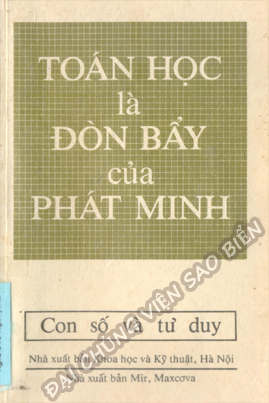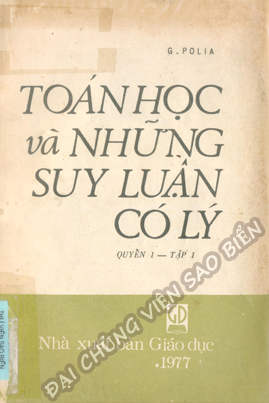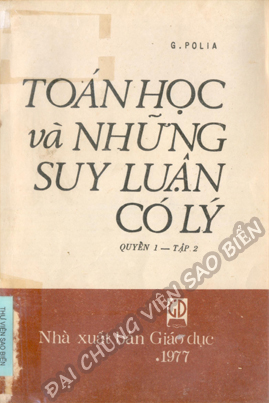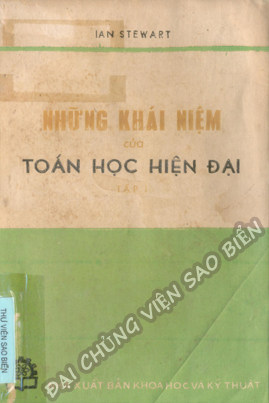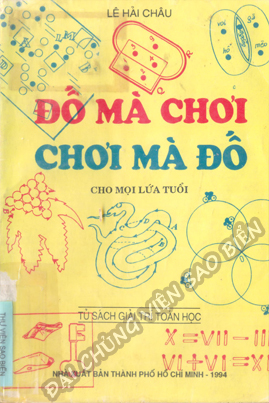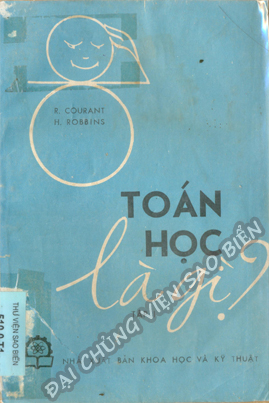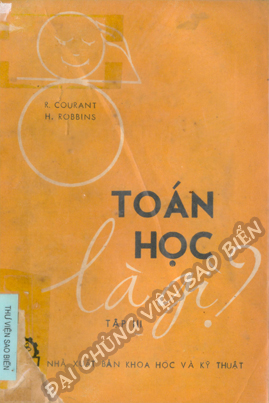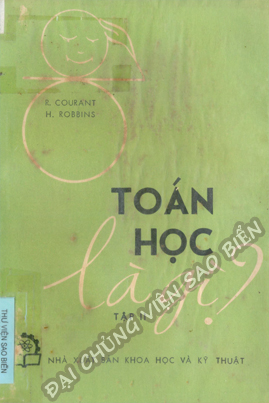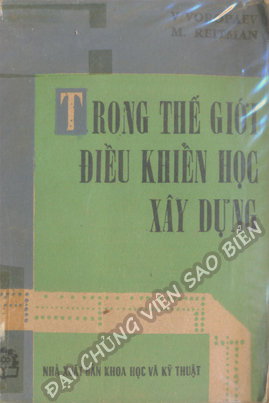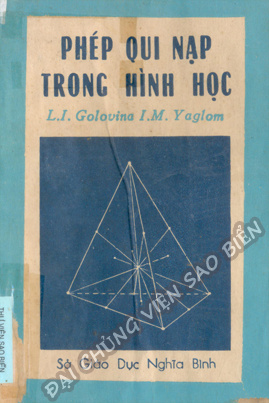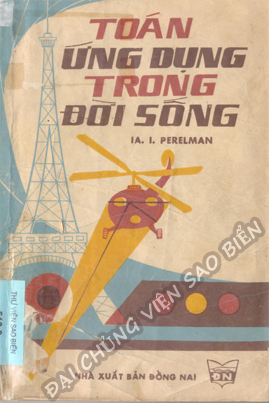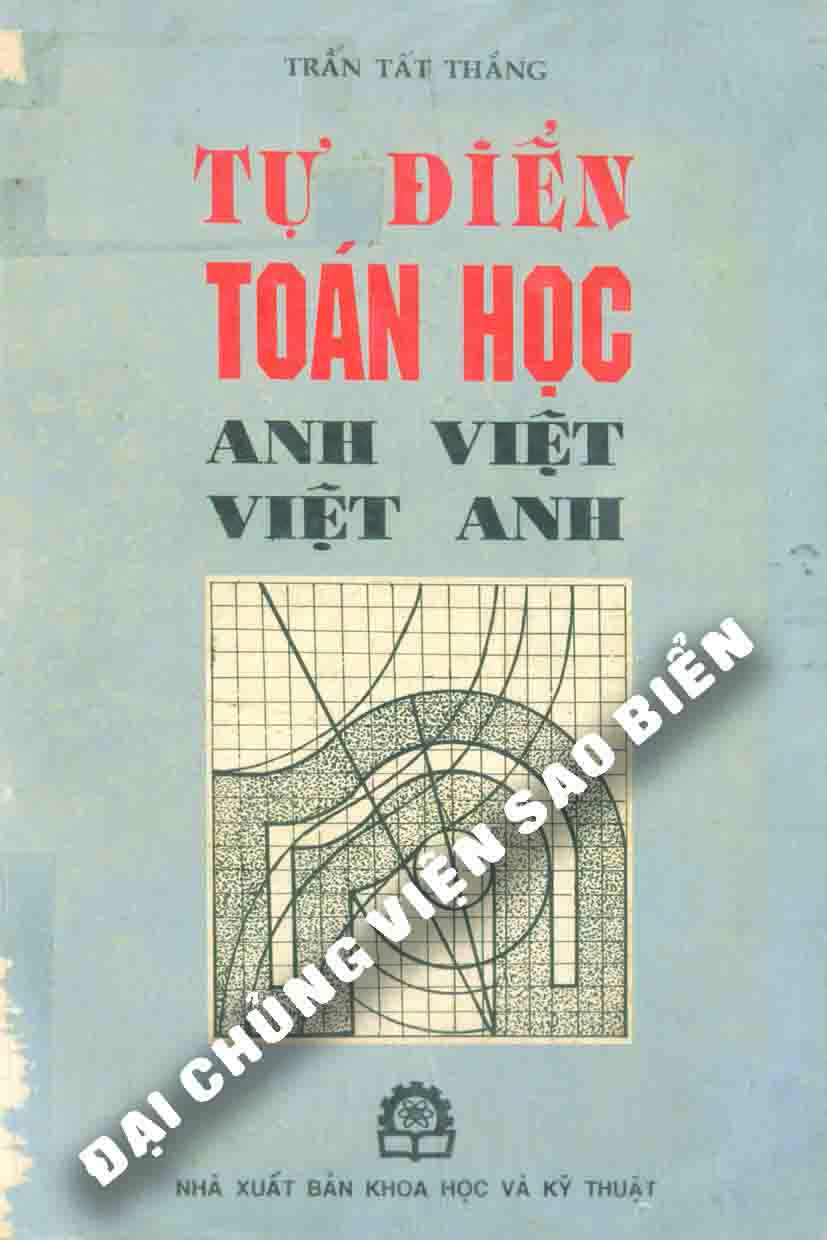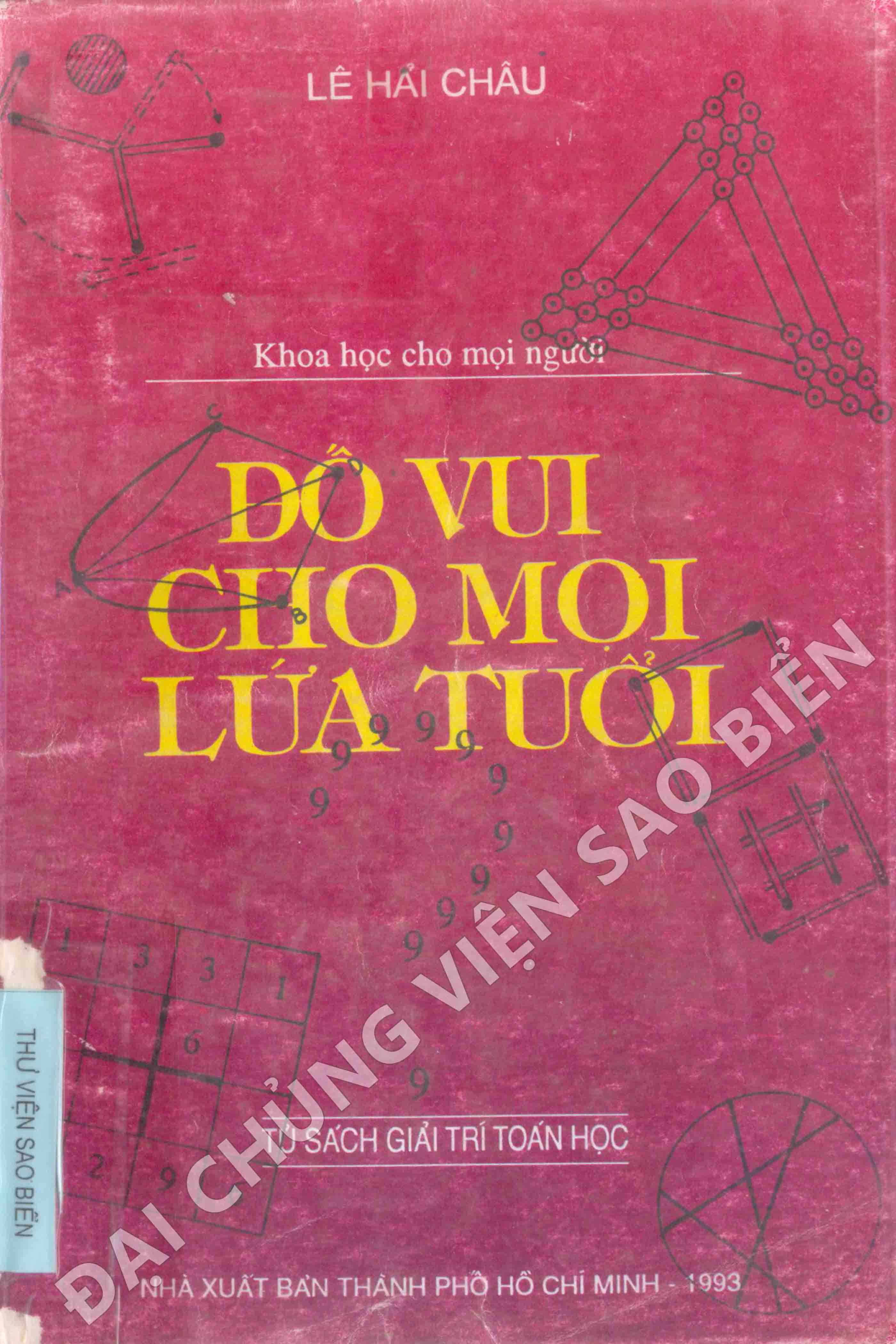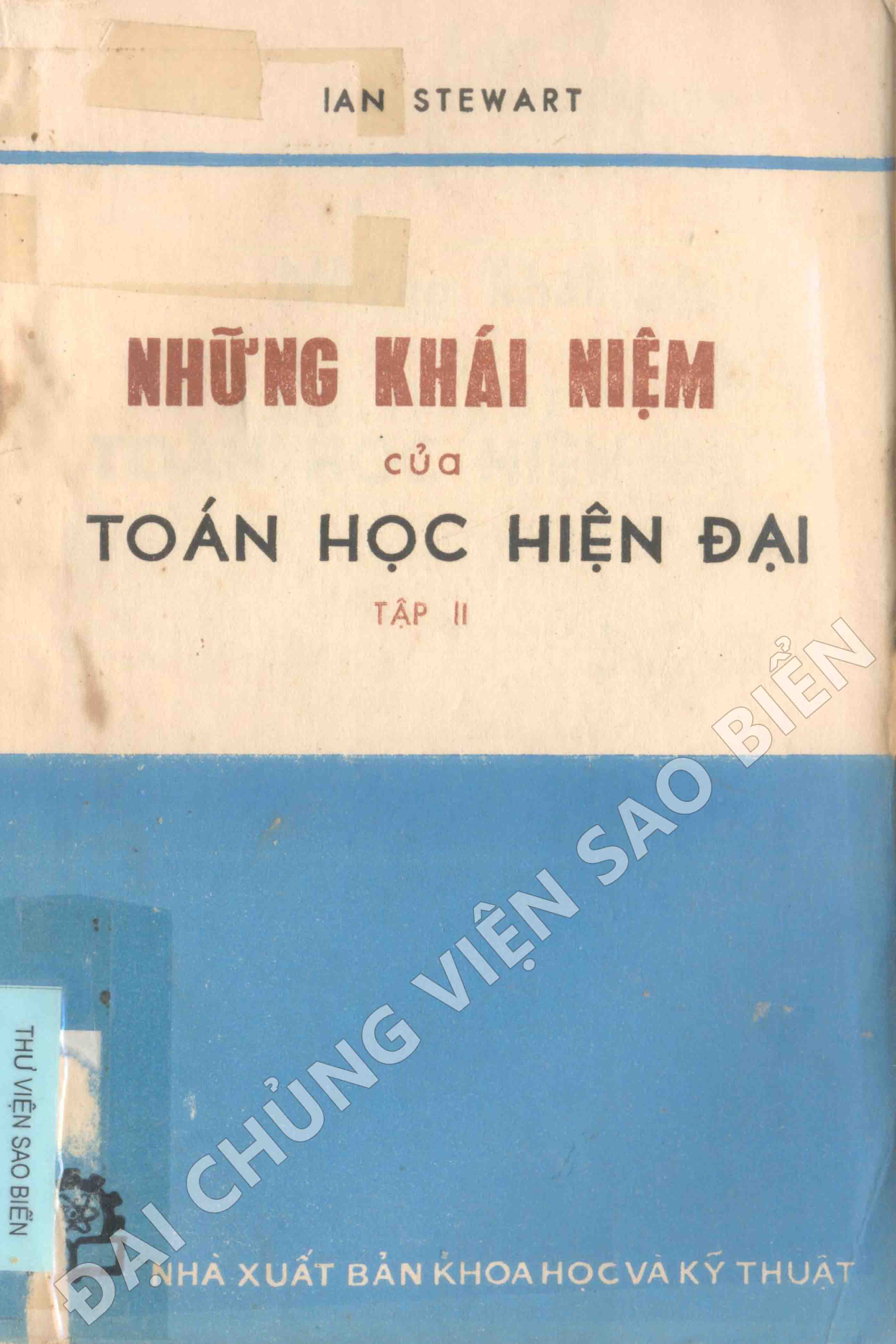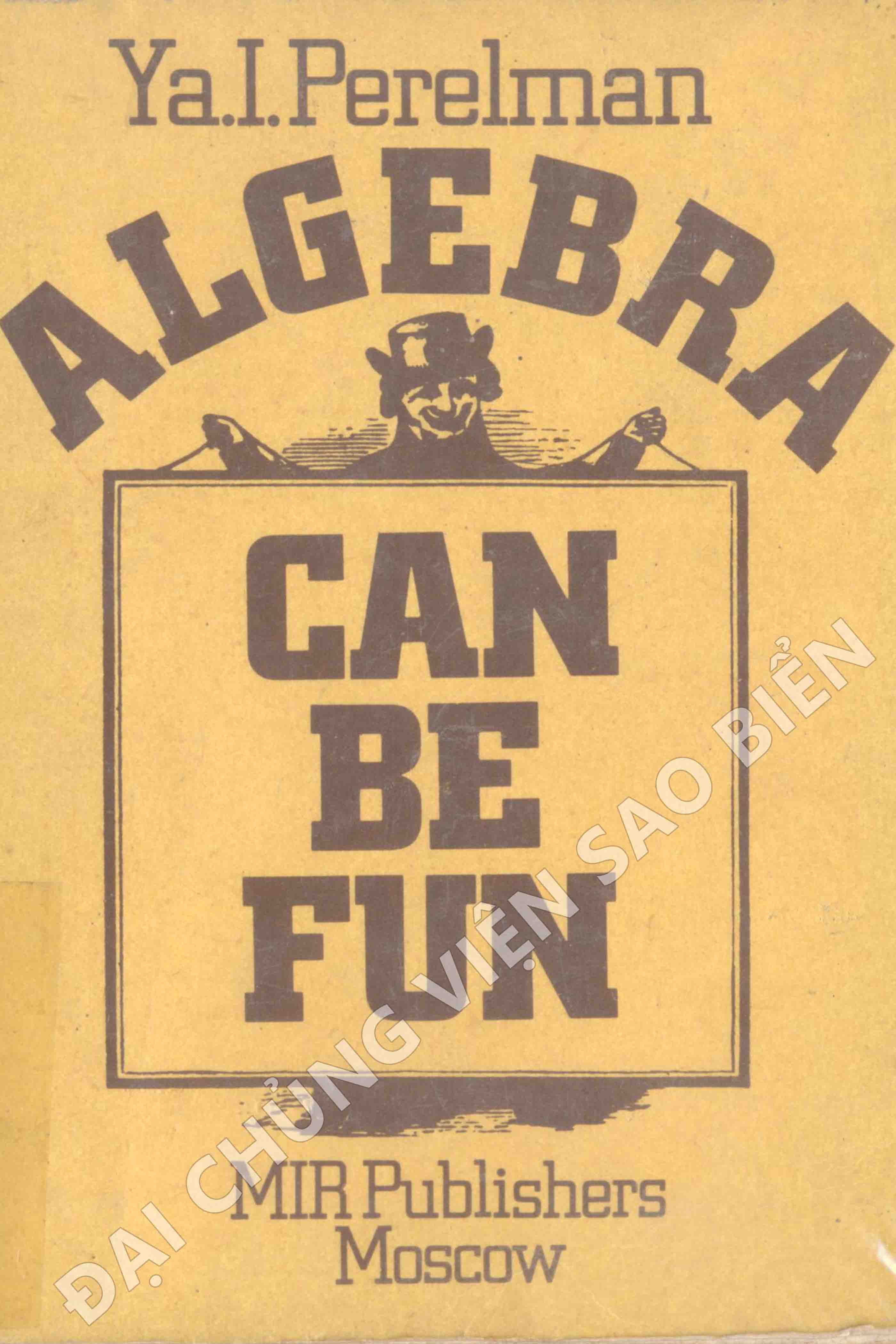| A FEW WORDS WITH THE READER |
9 |
| Mathematician and physiologist get together in September |
12 |
| Mathematician and physiologist get together in Decembers |
20 |
| A radio engineer needs math |
25 |
| One last word to the reader |
31 |
| WHAT DO YOU THINK ABOUT MATHE- MATICS? |
33 |
| What is mathematics all about? |
35 |
| A little historical background |
36 |
| RUBBER-SHEET MATHEMATICS |
41 |
| Mathematics and art |
47 |
| Continuous transformations |
47 |
| A remarkable surface |
55 |
| Graphs |
58 |
| NUMBERS AND POINTS |
71 |
| THE MATHEMATICS OF A SADDLE |
88 |
| Extrema |
96 |
| Extremal curves |
106 |
| The epoch of Euler |
108 |
| Soap bubbles |
110 |
| MATHEMATICIANS ARE NOT ALL ALIKE |
114 |
| Where do axioms come from? |
116 |
| Two ways of reasoning |
117 |
| Induction and mathematical induction |
125 |
| The drama of equation solving-an historical sketch |
129 |
| ENGINEER CONSULTS MATHEMATICIAN |
136 |
| What is better? |
141 |
| Criteria |
147 |
| Optimization |
150 |
| How close? |
152 |
| Mary and Maude |
155 |
| Integrals-not so terrible after all |
157 |
| Space, distance, norm |
162 |
| Terms and where they come from |
169 |
| The problems of an oil engineer |
172 |
| Choosing a job |
174 |
| Model building |
184 |
| Mathematical models |
187 |
| Events and their models |
191 |
| Does one really need a mathematical model? |
197 |
| Modelling the oil-refining process |
206 |
| YOU PROBABLY LIKE THIS BOOK |
209 |
| Probability theory. Some background |
212 |
| Random events |
213 |
| Probability |
214 |
| An experiment and what came of it |
216 |
| Engineer consults mathematician |
222 |
| Experimenter and statistician |
227 |
| Decision making |
231 |
| Intuition and birthdays |
234 |
| Intuition and luck |
239 |
| Random walks |
246 |
| The drunkard's walk |
258 |
| The random-walk student |
260 |
| INFORMATION |
268 |
| Memory and codes |
271 |
| Information and what it's all about |
278 |
| Quantitative measures |
282 |
| The capacity of a communication channel |
288 |
| Coding |
290 |
| A language model and the transmission of information |
295 |
| Basic principle of the theory of the trans- mission of information |
297 |
| What about the content? |
300 |
| MATHEMATICAL MACHINES AND WHAT THEY CAN DO |
303 |
| The psychiatrist drops in for a talk |
310 |
| Pattern recognition |
318 |
| Technical diagnostics |
327 |
| Medical diagnostics |
338 |
| Replacing doc with a diagnostic machine |
347 |
| What is our life? A game... |
349 |
| One final word to the reader |
360 |
